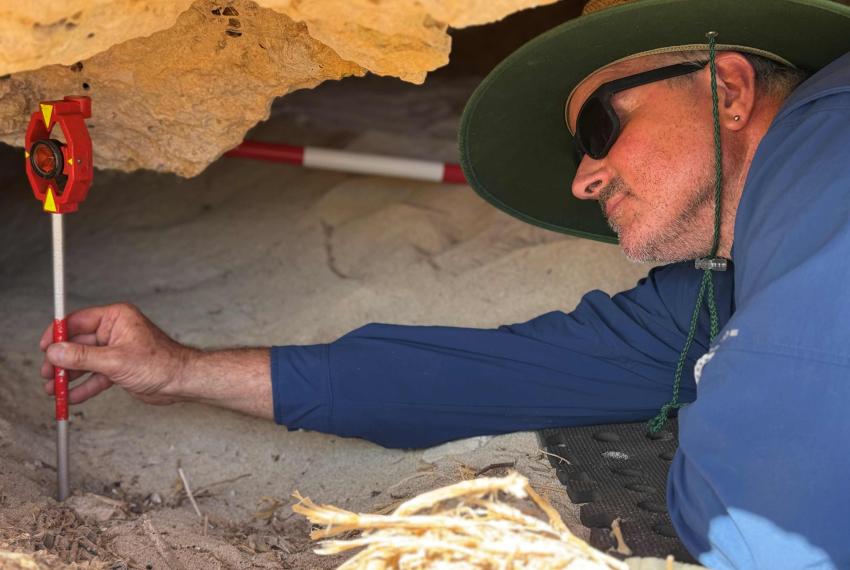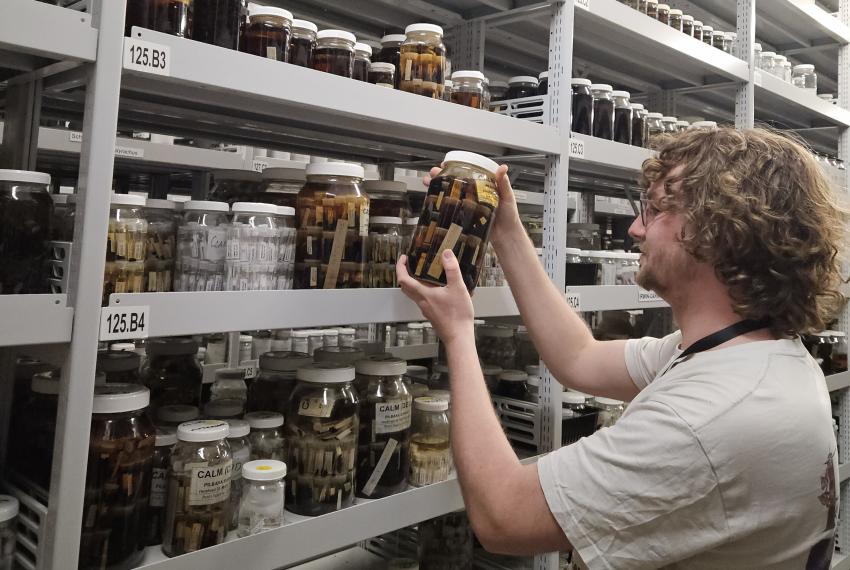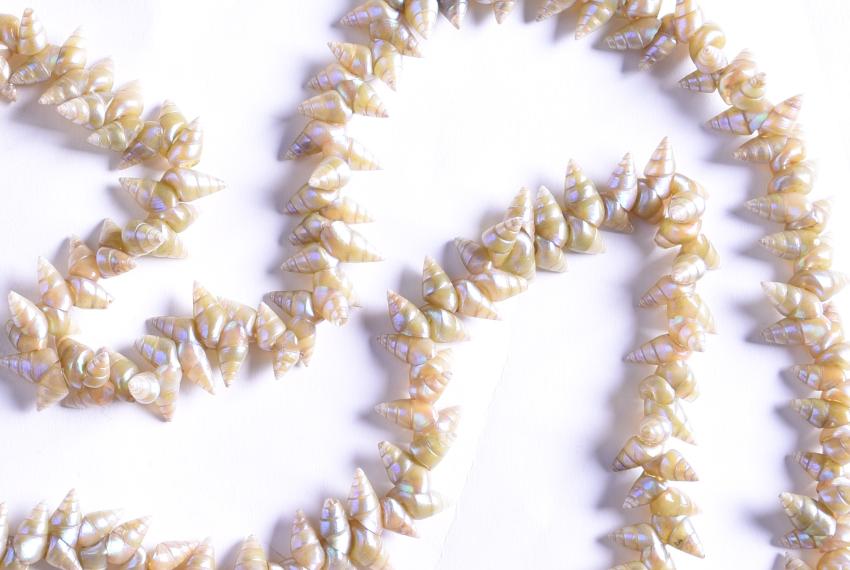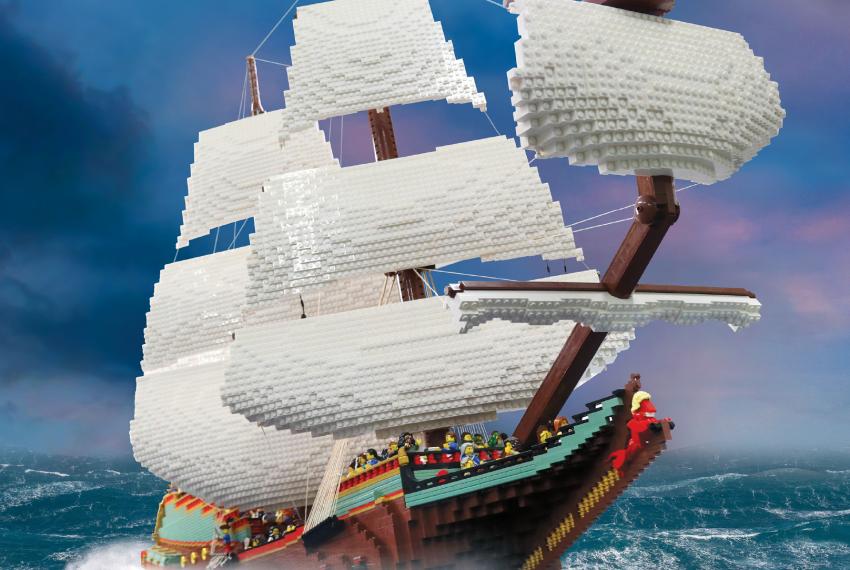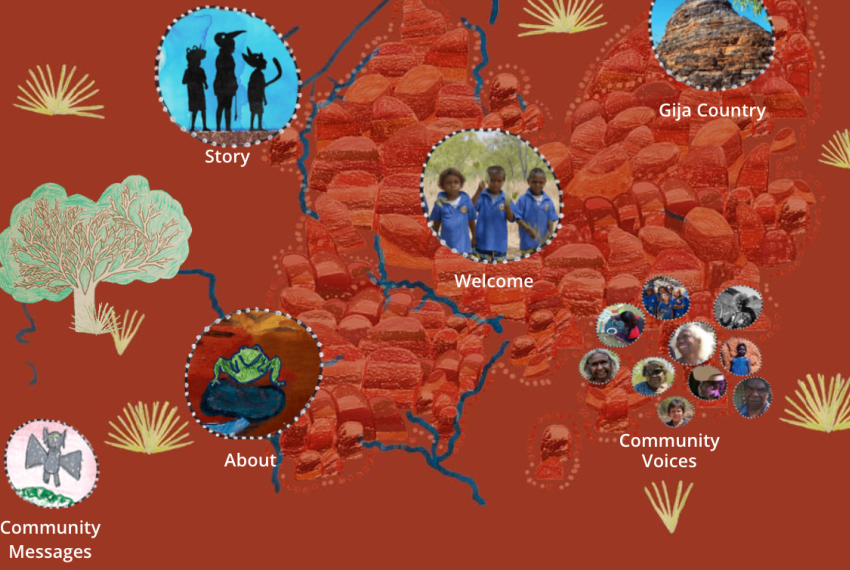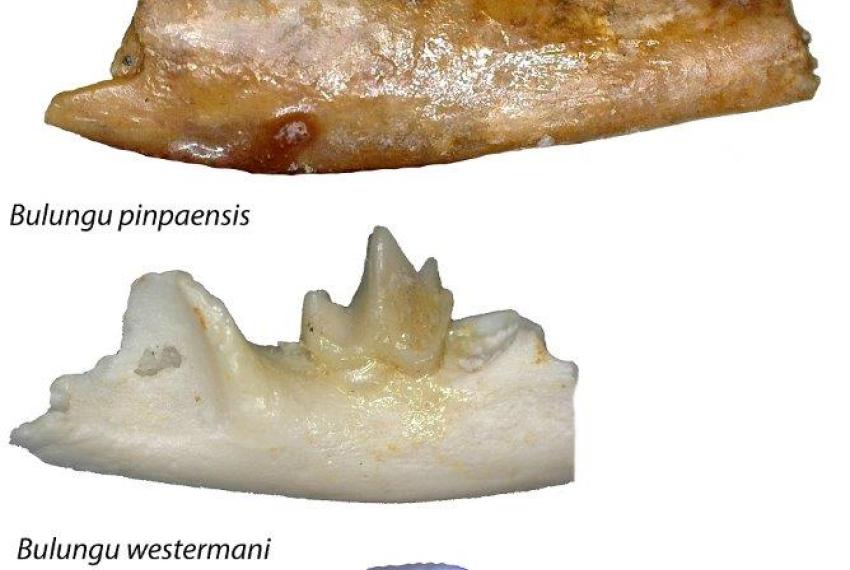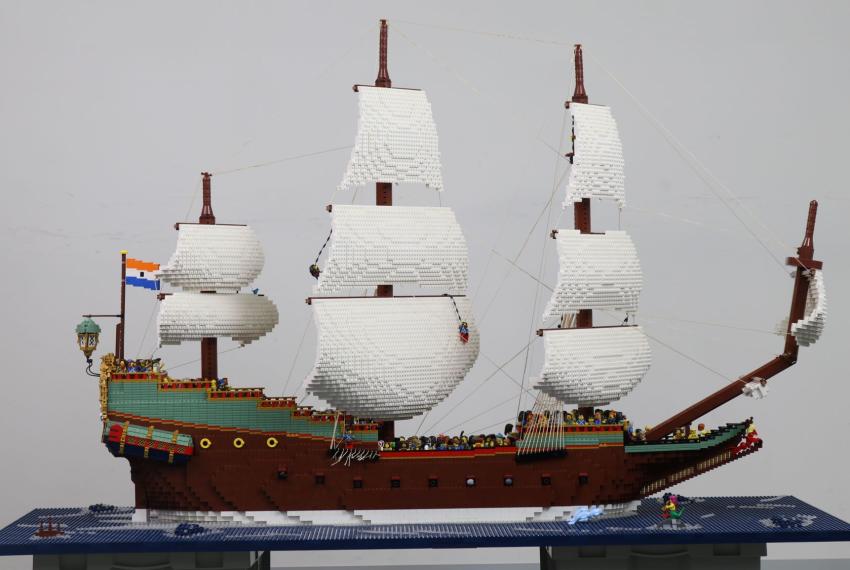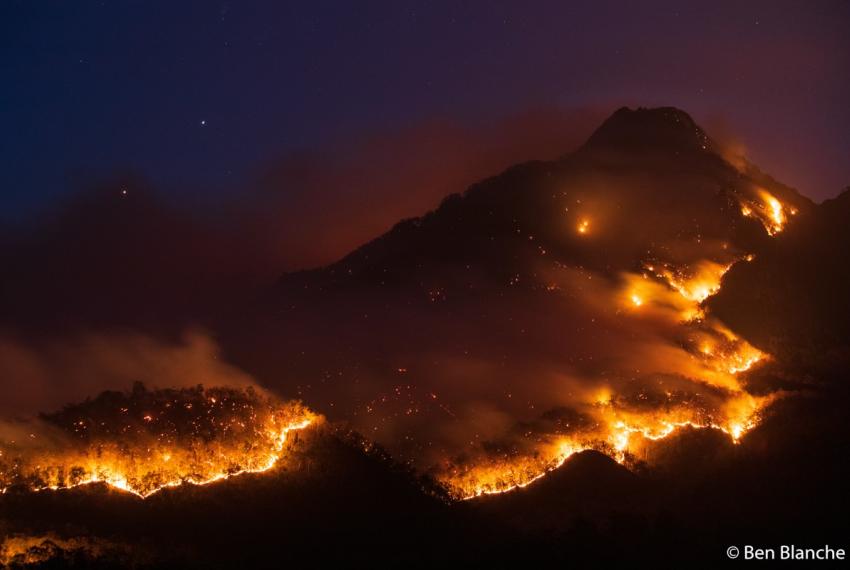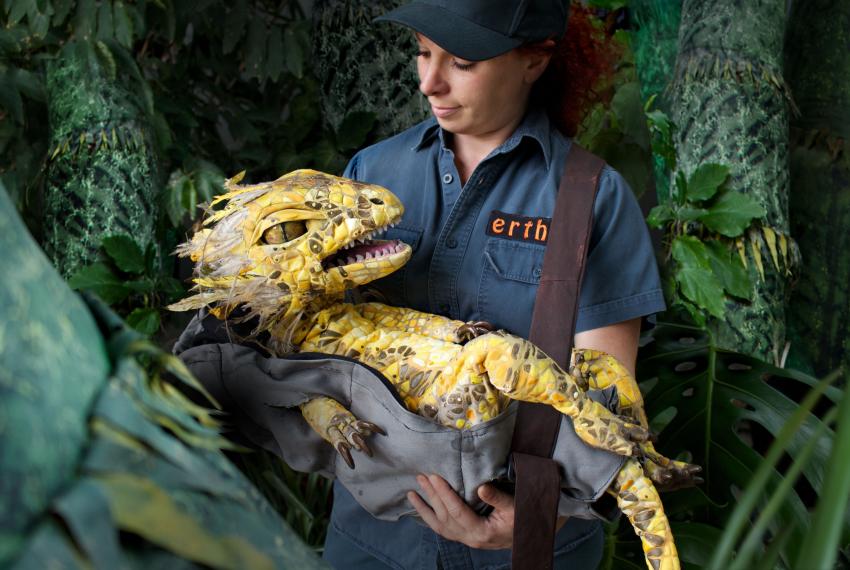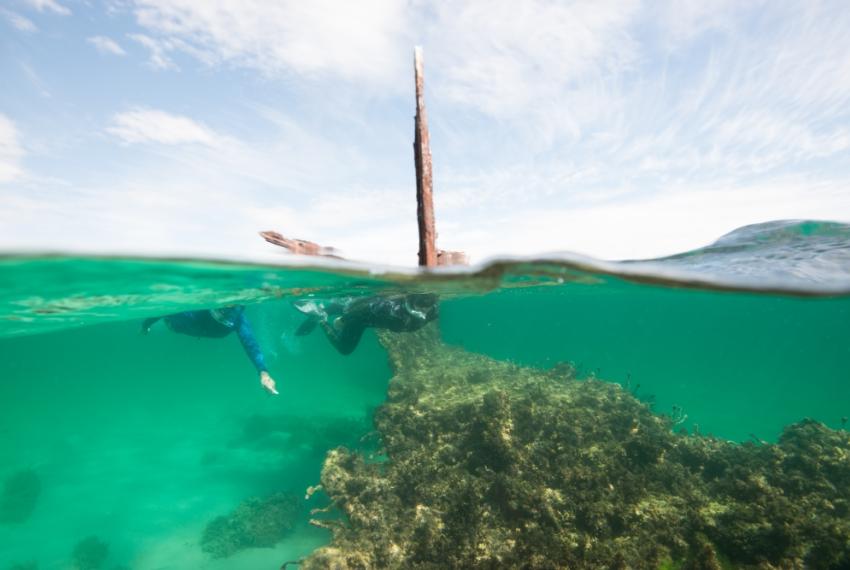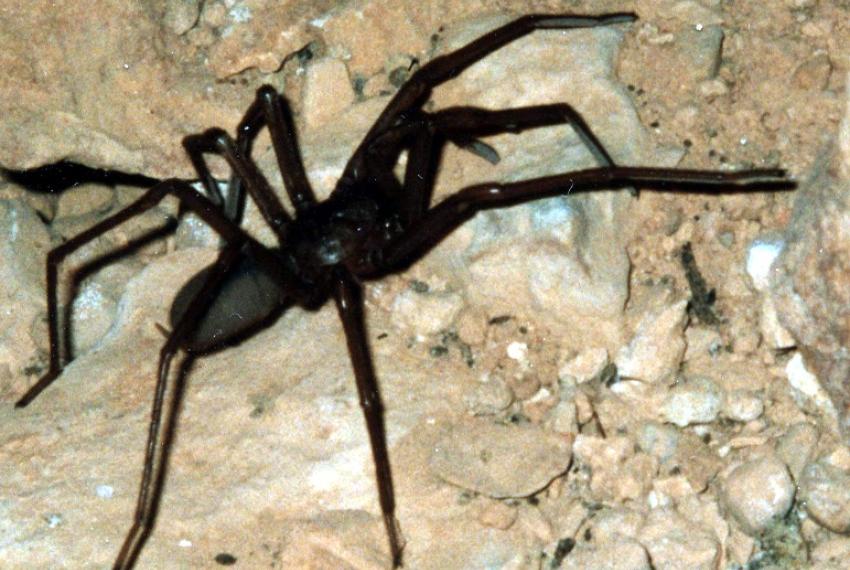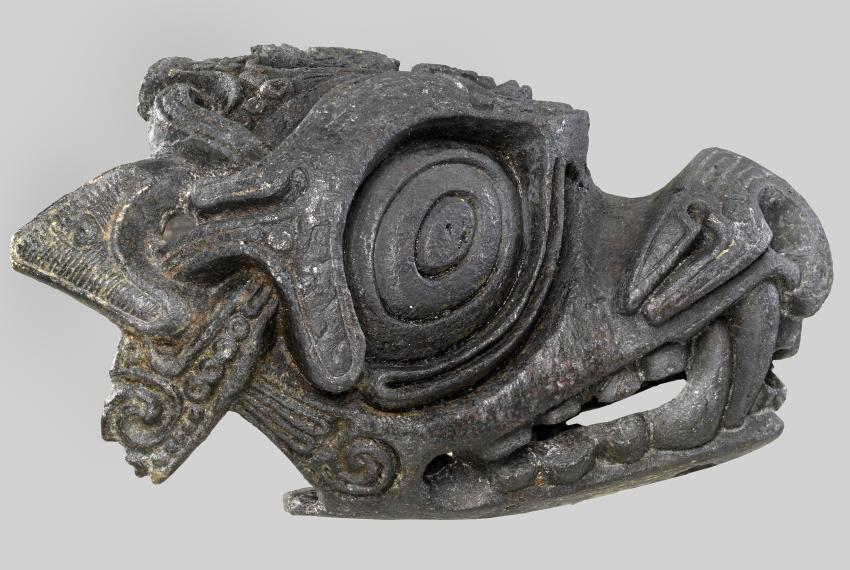
News and stories
Featured

In the news
From our blog
Explore all stories
A Gija creation story
This online interactive experience of the Gija Creation story ‘Jirraginy joo Goorrarndal: Frog and Brolga’ is an adaptation of the Gija permanent interactive display panel situated in The WA Museum’s Boola Bardip Origins Gallery.
Western Australian Museum scientist Dr Kenny Travouillon has discovered the new oldest fossil bilby and bandicoot, which were found in central Australia.
A survey made available by the Council of Australian Museum Directors (CAMD) has found that 78 million visitors attend its 22 museums onsite or online over the past year. These large numbers are in part because museums are some of the most trusted institutions in society.
A compelling new exhibition using LEGO® bricks plunges enthusiasts into the stories behind eight of the world’s most fascinating shipwrecks.
Often cloaked in myth, the stories of spies are sometimes stranger than fiction.
Spy: espionage in Australia reveals the personal experiences of secret agents and the curious history of espionage and counter-espionage in Australia, from Federation through to the present day.
The Australian Geographic Nature Photographer of the Year 2020 exhibition will open at the Museum of Geraldton on Saturday 8 May 2021. This breathtaking exhibition allows us to witness the unique beauty of the flora, fauna and landscapes of our own back yard and the world arou
Dinosaurs will roam the WA Museum Boola Bardip these April school holidays as the Museum welcomes Erth’s Dinosaur Zoo.
The Western Australian Museum has joined the City of Cockburn to appeal for visitors to the Omeo wreck at Coogee Maritime Trail to take care of the historic site.
Today the Western Australian Museum launched an innovative digital guide to the WA Museum Boola Bardip.
New species of the world’s most specialised cave-dwelling trapdoor spider, Troglodiplura, have been named in honour of key people involved in the 2018 Thai cave rescue.
The largest collection of authentic Viking artefacts to ever come to Western Australia is now on display at the WA Maritime Museum in Fremantle!
